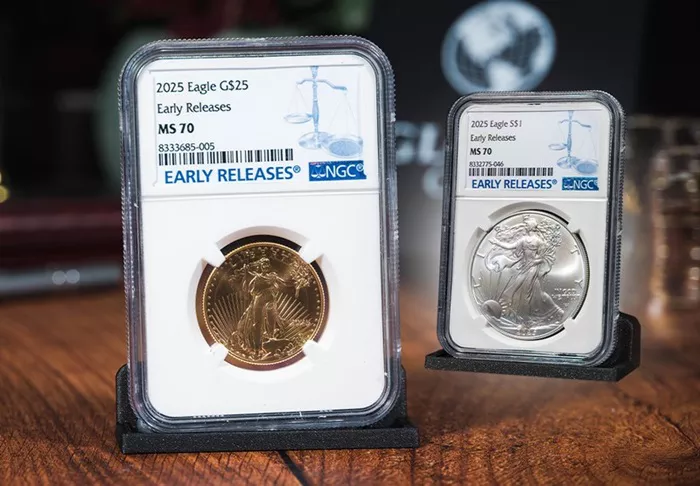Gold prices have reached a historic peak, surpassing US$2,900 (A$4,544) per ounce this month, marking a significant rise of 12% since the start of 2025. This surge far outpaces the performance of US and Australian stock markets, with the S&P 500 rising just 4% and the ASX 200 gaining only 2% over the same period. In 2024, gold saw a remarkable 27% increase, the largest in 14 years.
Several factors have contributed to this record-breaking rise. Heightened economic uncertainty, concerns about inflation, and political tensions—particularly surrounding US President Donald Trump’s tariff threats—have played significant roles. Additionally, increased demand from central banks has further driven the price up.
Understanding Gold’s Recent Rally
The price of gold is influenced by both supply and demand dynamics. While the supply of gold, derived from mining and recycling, remains relatively stable, demand is more variable and comes from four main sectors: jewelry, technology, investment, and central banks.
In 2024, the breakdown of demand was as follows: jewelry accounted for 50%, technology 5%, investment 25%, and central banks 20%. Investment demand refers to purchases made by investors seeking gold as a financial asset, while central banks typically buy gold to diversify their foreign reserves.
Gold price movements can be driven by fluctuations in any of these demand components. Recently, central bank purchases have been a primary factor, alongside the demand for gold as a store of value and a hedge against inflation.
The Global Demand for Gold
Gold is a global commodity. The supply comes from gold mines across continents, with significant contributions from Africa, Australia, and Canada. Similarly, demand is widespread: while China and India dominate jewelry consumption, demand for gold is driven by countries around the world.
One of the main reasons for gold’s enduring popularity is its status as a store of value. Unlike fiat currencies, which lose purchasing power over time due to inflation, gold retains its value, making it an attractive asset during periods of rising inflation.
Gold as a Safe Haven
Gold is often viewed as a safe haven during times of crisis. Its price tends to rise when investors seek security amid political instability or financial turmoil. Historical events such as the September 11 attacks, the 2008 global financial crisis, and the COVID-19 pandemic all saw surges in gold prices as investors turned to it for protection.
The safe haven effect, however, is usually short-lived, with prices often falling after a few weeks. The invasion of Ukraine by Russia in February 2022 highlighted the risks governments face when they lose access to foreign currency reserves. In response, many central banks increased their gold purchases, with a record 1,082 tonnes bought in 2022. This trend continued with over 1,000 tonnes purchased in both 2023 and 2024.
Impact of Central Bank Purchases
Central bank purchases have an additional side effect: they often involve selling US dollars to buy gold, which can weaken the value of the US dollar. A weaker dollar increases the price of gold, as more dollars are required to purchase the same amount of gold. This inverse relationship between the dollar and gold also positions gold as a hedge against currency fluctuations, particularly for volatile currencies like the Australian dollar.
Gold’s Recent Surge and Broader Economic Uncertainty
While the surge in gold prices in 2025 cannot be tied to a single event, broader economic concerns likely play a role. The rise in gold prices coincides with increased geopolitical risks and the potential for higher inflation, driven by factors such as the unpredictable policies of President Trump. The relationship between gold and economic uncertainty is evident in the market’s reaction to news of potential geopolitical shocks or inflationary pressures.
In conclusion, the recent surge in gold prices may signal deeper concerns about the global economy. While it remains unclear exactly why gold has reached record highs in 2025, the factors contributing to its rise underscore the ongoing role of gold as a safe haven during times of economic uncertainty.
Related topics:
- Knowing the Weight of Gold: How Many Grams in a Troy Ounce?
- Why Are Gold Coins Different Prices?
- How to Know Gold Purity?


